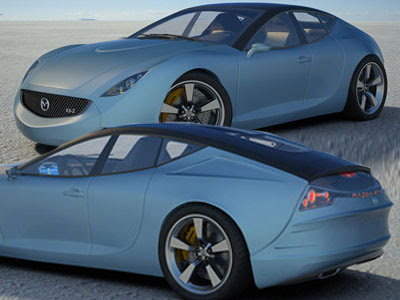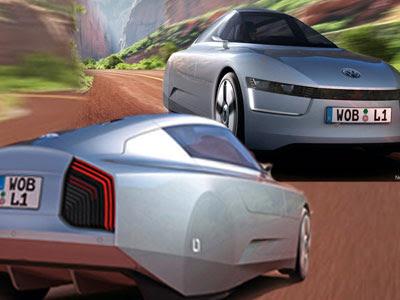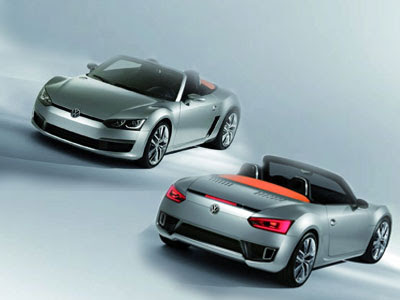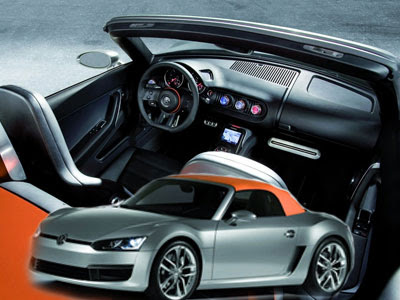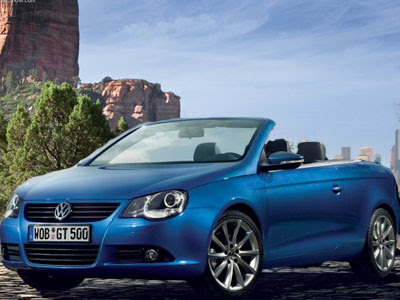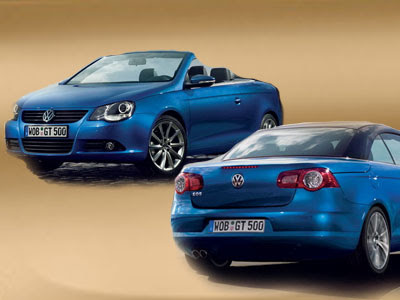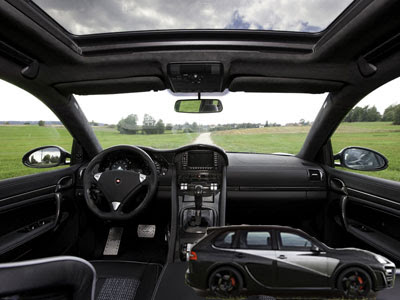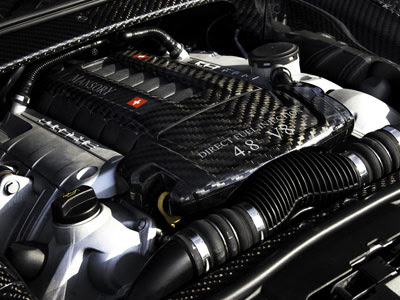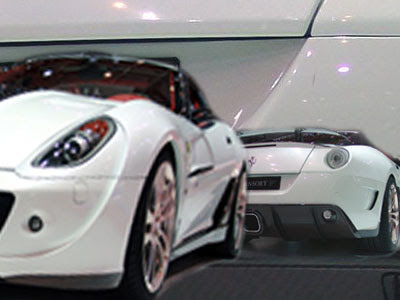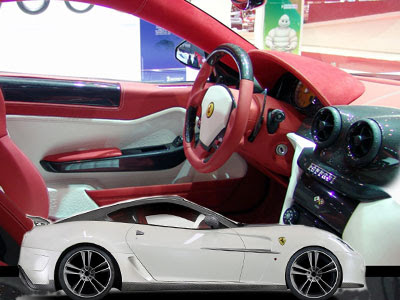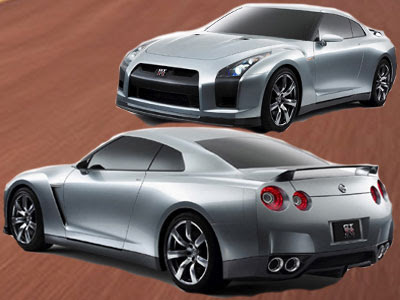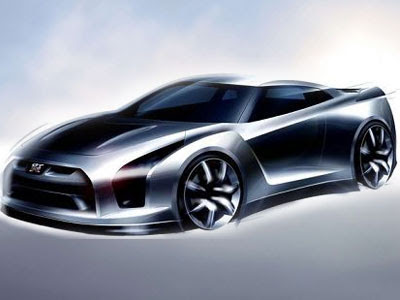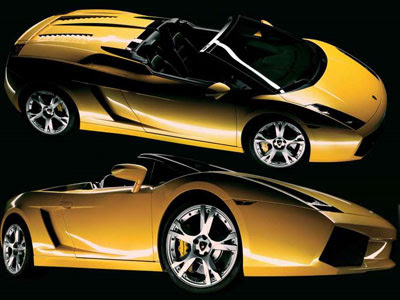The B2 is the second supercar model to be produced by the Russian manufacturer Marussia. Following close on the heels of the Marussia B1 which was revealed only months earlier, the B2 is a dramatically styled supercar which was developed in-house by Marussia's design team based in Moscow. The car was first displayed at the 2009 Frankfurt Motor Show, but these are the first pictures of the car outside of the motorshow surroundings.According to the main ideologist of creation of the first Russian Nikolay Fomenko's super car, its company is capable to develop almost any body for short enough term. It is interesting that in Frankfurt Fomenko has shown at once three cars – besides B2 at the stand there were two more models with body В1. But the main nuance consists that cars are made of different materials: at white Marussia and at dark blue В2 bodies carbon.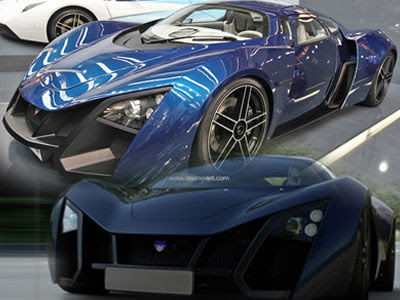

Marussia B2 Supercar Russian
Befitting a mysterious Russian supercar the company is keeping pretty quiet about what lies underneath the bodywork - and even the materials used in the construction of the body is being kept a secret, but supposedly it's a special type of plastic. And while Marussia won't yet divulge the specifications or performance offered by the drivetrain, they did reveal that both the engine and gearbox are being developed in conjunction with the highly respected powertrain engineering firm Cosworth.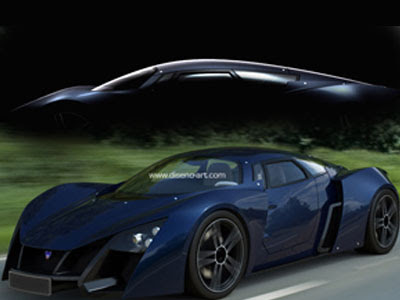 . Marussia B2 Supercar Russian
. Marussia B2 Supercar Russian
 . Marussia B2 Supercar Russian
. Marussia B2 Supercar RussianMarussia are hoping to start delivering the first B2's to their new owners in 2010 and aim to be producing 150 units a year. And just like the B1, buyers of the Marussia B2 will have an extensive customization and options list. Initially the car will be offered for sale in most of continental Europe and the Near East. By the end of 2010 the company hope to begin exports to both the US and UK shores. A racing version is also in the pipeline for late 2010.
Marussia has teased their new vehicle, the Marussia B2, for a Frankfurt premiere. The B1 was designed "in the style of a jet fighter," and looks like it uses rivets as styling points. The darkened photos are intriguing, to say the least.The car looks rather interestingly, and body panels are adjusted to each other aloud better, than on the pre-series sample. The interior of the presented cars is finished by a skin, and internal furnish, probably still will lead up to mind. According to Nikolay Fomenko, welding of power structure of a body is in general its pride.
The Russian company introduced their B1 Hybrid Supercar in their home country last year. The €100,000 car uses a 3.5-liter V6, the B1 debuted with everything from a plasma video screen, to a high-speed internet connection. It was designed by Top Gear Russia star Nikolai Fomenko, a former driver in both the Le Mans and FIA GT series.Both cars will be on stage in Frankfurt from this week on, marking the non-Russian debut of the Marussia B1 and the global debut of the Marussia B2.Marussia B2 supercar



